

Exhibitions etc.
2022 - 45th Anniversary: New Directions
San Jose Museum of Quilts and Textiles
2020
Rolodex: Craft a Conversation, The Center for Crafts, Asheville, NC
Holding Pattern, CCA Online Exhibition
AIR, San Jose Museum of Quilt and Textiles
2019 - Borders
San Jose Museum of Quilts and Textiles
2015 - Visiting Researcher
University of Cambridge CAMPOP
2013 - Guest Lecture
Women's Interchange at SLAC, Stanford
2012 - East Wing 10, Anniversary
Courtauld Institute of Art, London UK
2010
Gestures of Resistance
Museum of Contemporary Craft, Portland
Depth Of Surface
Fine Arts Gallery, SF State University
SDA/SAQA Conference
Emerging Textile Artists Panel
SF State University
Concept + Craft
Pro Arts, Oakland CA
Visiting Research Fellow
University of Oxford, UK
International Gender Studies Centre
 Born in colonial Hong Kong, Mung Lar Lam is a San Francisco based artist who has shown nationally and internationally. She received undergraduate degrees in Fashion Design from FIT, NY and Textiles from San Francisco State University. She completed an MFA in Textiles from California College of the Arts and an MPhil in Economic and Social History as a member of the Cambridge Group for the History of Population and Social Structure, at the University of Cambridge, UK. Her academic research focuses on previously undocumented women’s occupational labor and their economic contributions to the textiles industry during the industrial revolution.
Born in colonial Hong Kong, Mung Lar Lam is a San Francisco based artist who has shown nationally and internationally. She received undergraduate degrees in Fashion Design from FIT, NY and Textiles from San Francisco State University. She completed an MFA in Textiles from California College of the Arts and an MPhil in Economic and Social History as a member of the Cambridge Group for the History of Population and Social Structure, at the University of Cambridge, UK. Her academic research focuses on previously undocumented women’s occupational labor and their economic contributions to the textiles industry during the industrial revolution.
POST-DISCIPLINARY LEXICON
Using textiles and performance Lam explores social and sexual politics in gender roles and the perception of ‘women’s work’ in public spaces. Her work combines the practices of dressmaking, drawing, painting, performance and sculpture. Using a developing lexicon of new terms, she calls her works Ironings, Stitchings, Needlemarking and Chalkings. These invented disciplines and performed practices strive to push the limitations of current art nomenclature to provide new language and actions to more accurately serve post-disciplinary practices in contemporary art; while highlighting the marginalization of perceived feminine mediums and skills.
*CV available upon request
 AIR, San Jose Museum of Quilts & Textiles, 2020
AIR, San Jose Museum of Quilts & Textiles, 2020 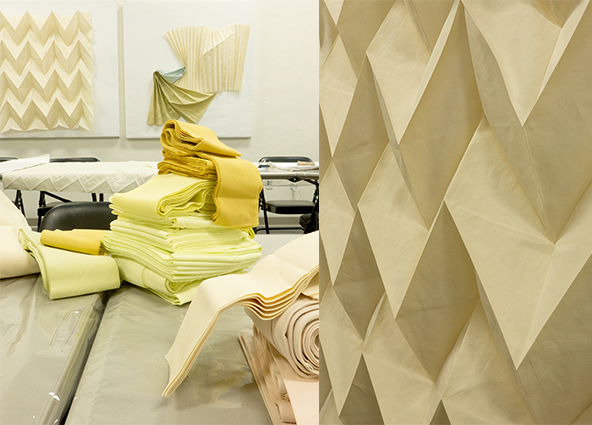 AIR, San Jose Museum of Quilts & Textiles, 2020
AIR, San Jose Museum of Quilts & Textiles, 2020  AIR, San Jose Museum of Quilts & Textiles, 2020
AIR, San Jose Museum of Quilts & Textiles, 2020 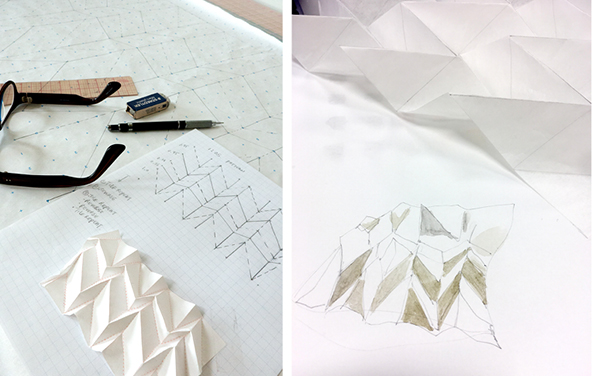 AIR, San Jose Museum of Quilts & Textiles, 2020
AIR, San Jose Museum of Quilts & Textiles, 2020 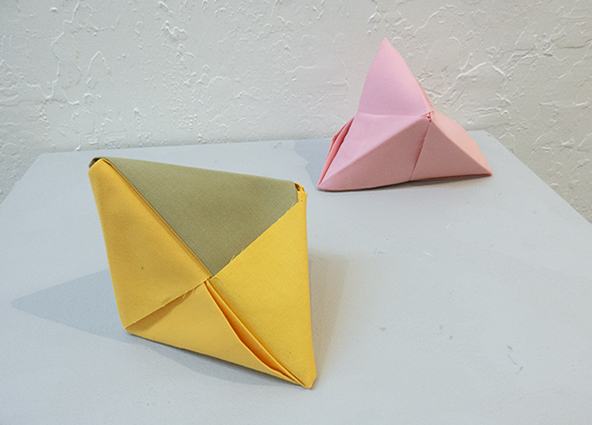 AIR, San Jose Museum of Quilts & Textiles, 2020
AIR, San Jose Museum of Quilts & Textiles, 2020 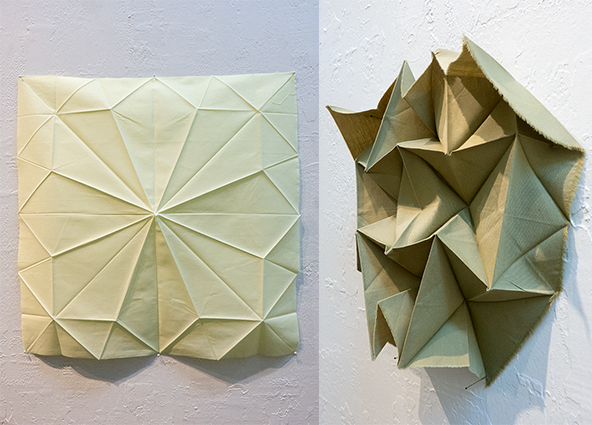 AIR, San Jose Museum of Quilts & Textiles, 2020
AIR, San Jose Museum of Quilts & Textiles, 2020 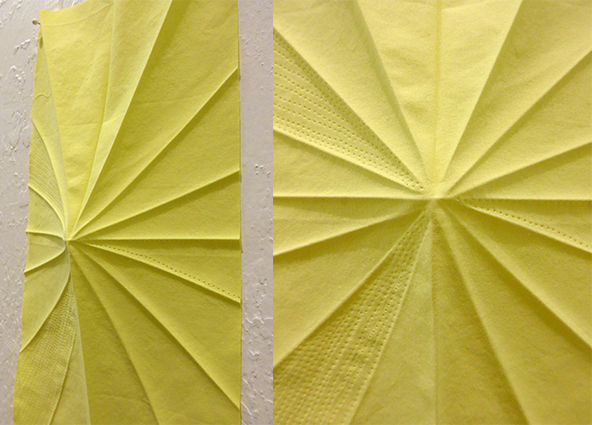 AIR, San Jose Museum of Quilts & Textiles, 2020
AIR, San Jose Museum of Quilts & Textiles, 2020  AIR, San Jose Museum of Quilts & Textiles, 2020
AIR, San Jose Museum of Quilts & Textiles, 2020 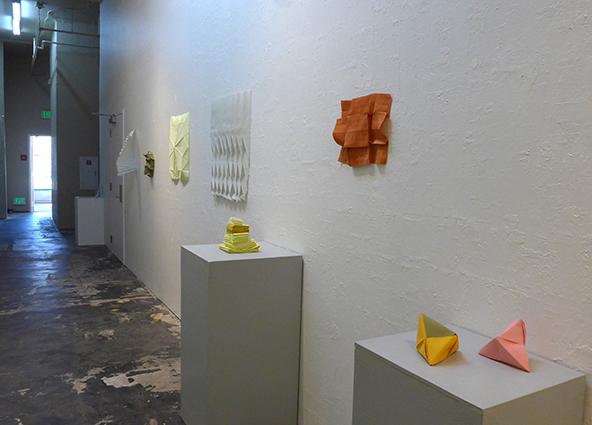 AIR, San Jose Museum of Quilts & Textiles, 2020
AIR, San Jose Museum of Quilts & Textiles, 2020 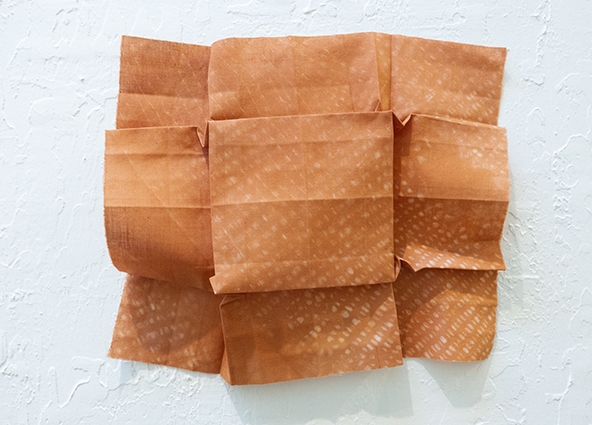 AIR, San Jose Museum of Quilts & Textiles, 2020
AIR, San Jose Museum of Quilts & Textiles, 2020 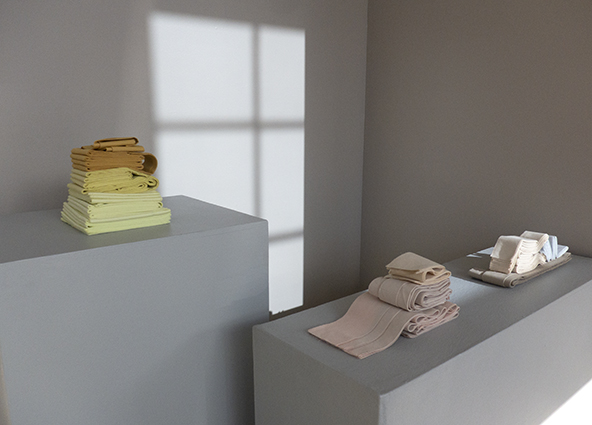 AIR, San Jose Museum of Quilts & Textiles, 2020
AIR, San Jose Museum of Quilts & Textiles, 2020 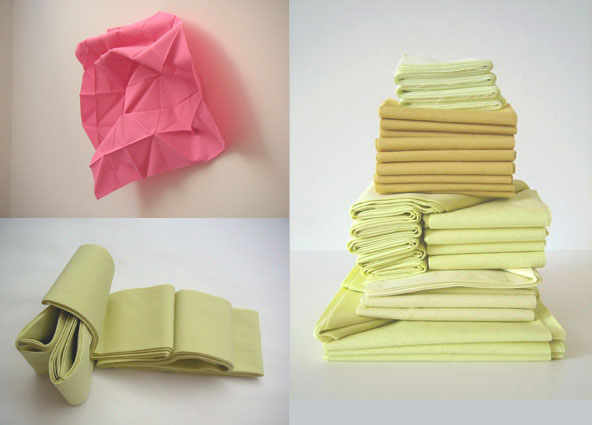 (l top & bottom) ironing studies, 2005, (r) ironings: piecework #3, 2005
(l top & bottom) ironing studies, 2005, (r) ironings: piecework #3, 2005
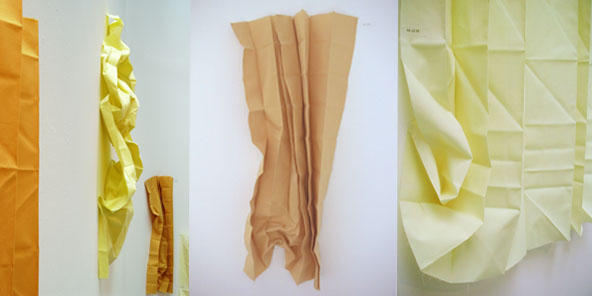 ironings: 15 days, 2005
ironings: 15 days, 2005 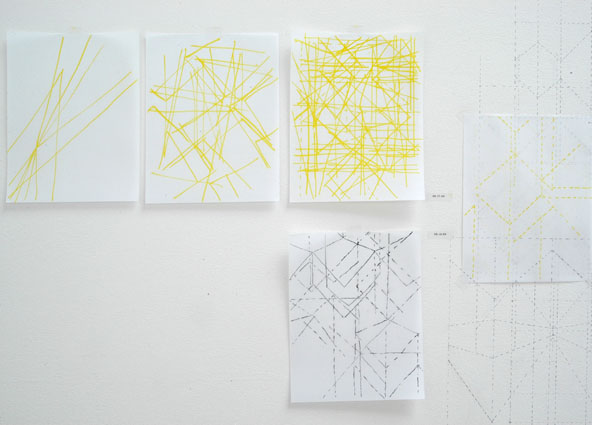 ironings: 15 days - in situ fold diagrams, 2005
ironings: 15 days - in situ fold diagrams, 2005
 piecework#3 & remix - shades of yellow, 2006 [BAB: pulliam deffenbaugh gallery, portland]
piecework#3 & remix - shades of yellow, 2006 [BAB: pulliam deffenbaugh gallery, portland]
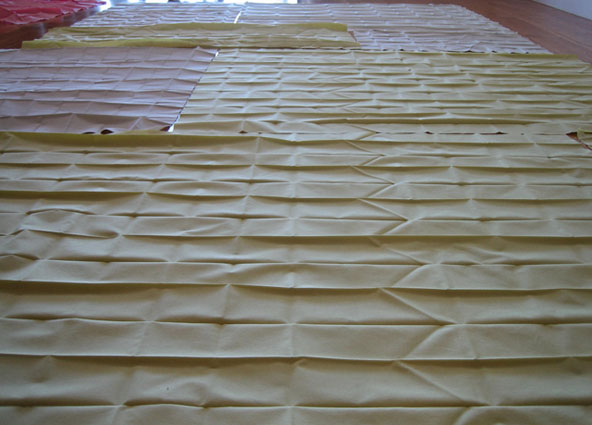 ironings: floor study, 2006
ironings: floor study, 2006
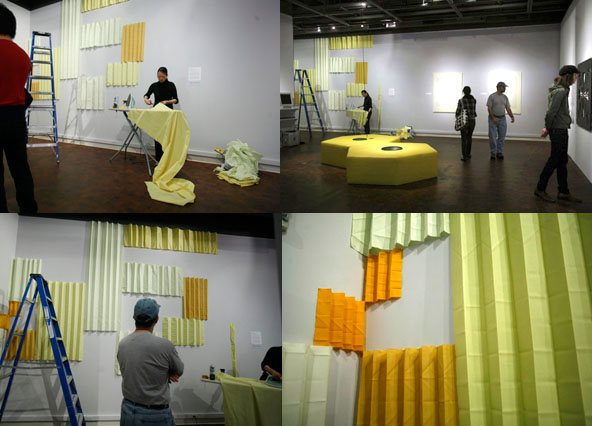 ironings: remix - shades of yellow, 2007 [beats per minute, mocfa, sf] Photo:Mike Kepka
ironings: remix - shades of yellow, 2007 [beats per minute, mocfa, sf] Photo:Mike Kepka
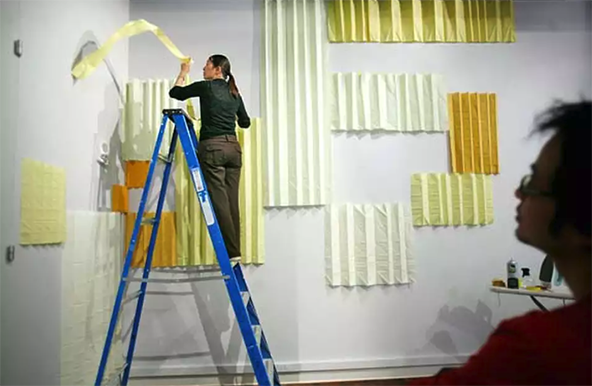 ironings: remix - shades of yellow, 2007 [beats per minute, mocfa, sf] Photo:Mike Kepka
ironings: remix - shades of yellow, 2007 [beats per minute, mocfa, sf] Photo:Mike Kepka
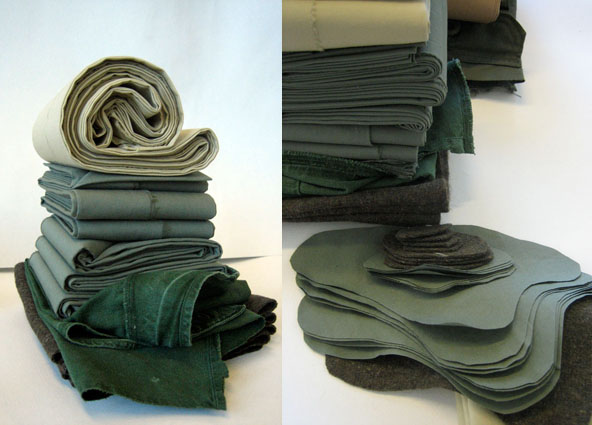 ironings: terrain (Lat: 25' 27' 28 N, Long: 49' 20' 52 E)(detail), 2008 [solo: cafam, la]
ironings: terrain (Lat: 25' 27' 28 N, Long: 49' 20' 52 E)(detail), 2008 [solo: cafam, la]
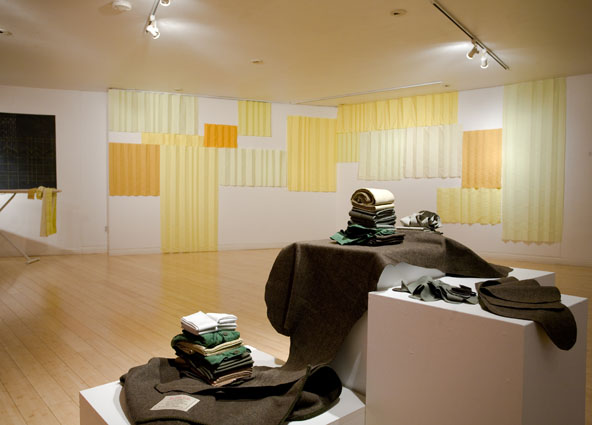 ironings installation (detail), 2008 [solo exhibition: craft & folk art museum, la]
ironings installation (detail), 2008 [solo exhibition: craft & folk art museum, la]
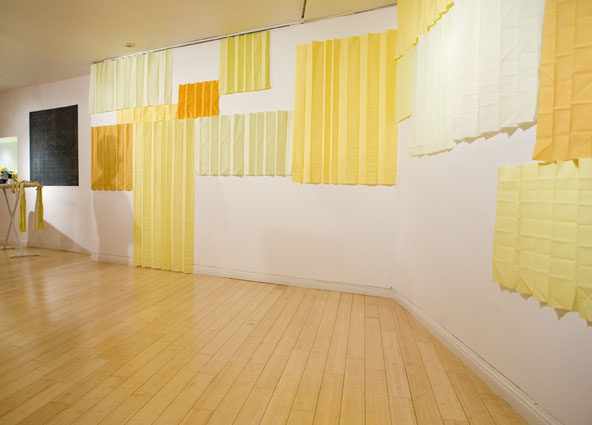 ironings installation (detail), 2008 [solo exhibition: craft & folk art museum, la]
ironings installation (detail), 2008 [solo exhibition: craft & folk art museum, la]
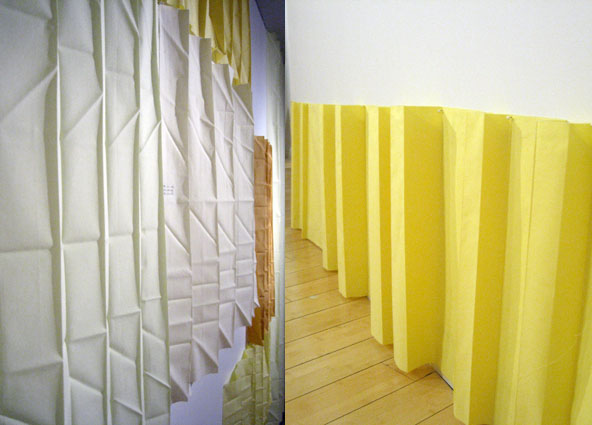 re-ironings (detail), 2008 [solo exhibition: craft & folk art museum, la]
re-ironings (detail), 2008 [solo exhibition: craft & folk art museum, la]
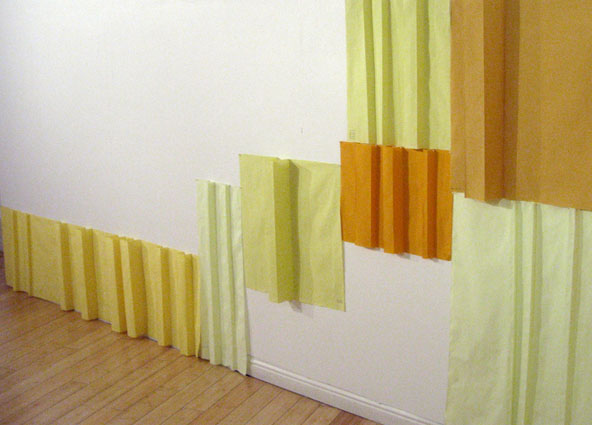 ironings installation (detail), 2008 [solo exhibition: craft & folk art museum, la]
ironings installation (detail), 2008 [solo exhibition: craft & folk art museum, la]
| / | Previous Next |
"Ironings" is a domestic, gender-related and labor-intensive body of work created by employing reclaimed cotton fabric (rejected for its color), starch and the manual chore of ironing. Through evolutionary and performative installations, the medium of ironed, re-ironed and un-ironed marks and folds are used to highlight concepts of temporality, transition, memory and perception; while notions of extended and compacted spaces are explored. Concurrently the practice of this cultural and socially specific task questions the positioning of women and labor in society and the relevance of classical art mediums in contemporary art.
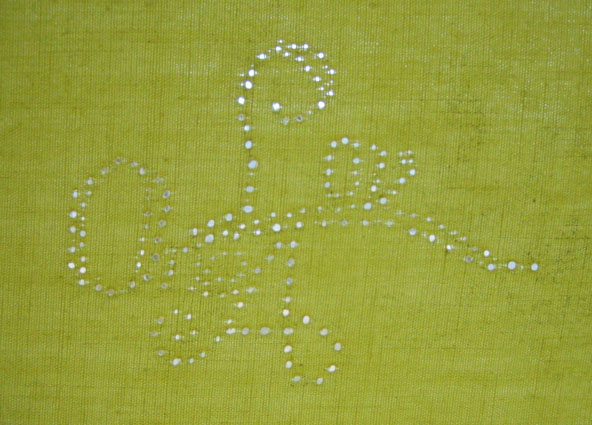 needlemarking: study, 2008
needlemarking: study, 2008

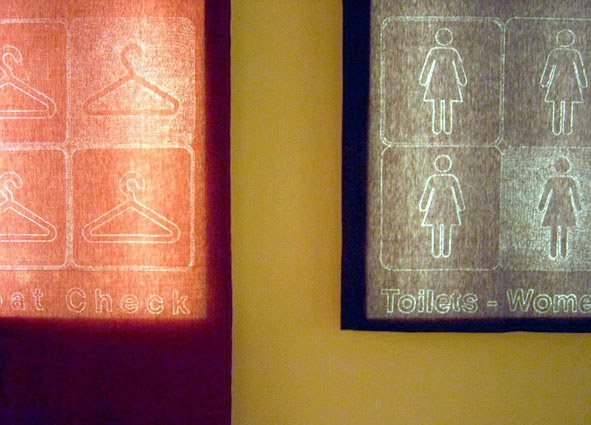 needlemarkings: sampler Triptych - a woman's choice (detail), 2008 [solo ex: cafam, la]
needlemarkings: sampler Triptych - a woman's choice (detail), 2008 [solo ex: cafam, la]
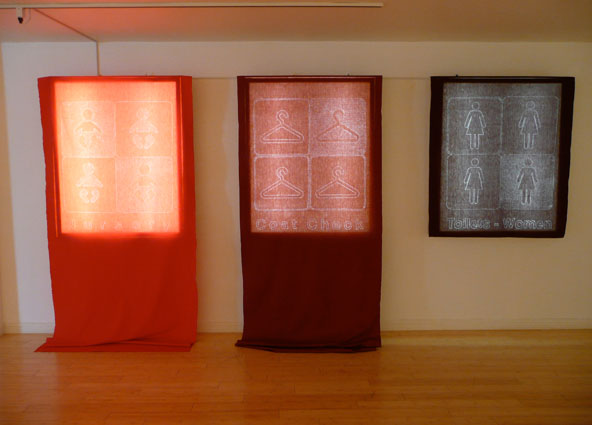 needlemarkings: sampler Triptych - a woman's choice, 2008 [solo ex: cafam, la]
needlemarkings: sampler Triptych - a woman's choice, 2008 [solo ex: cafam, la]
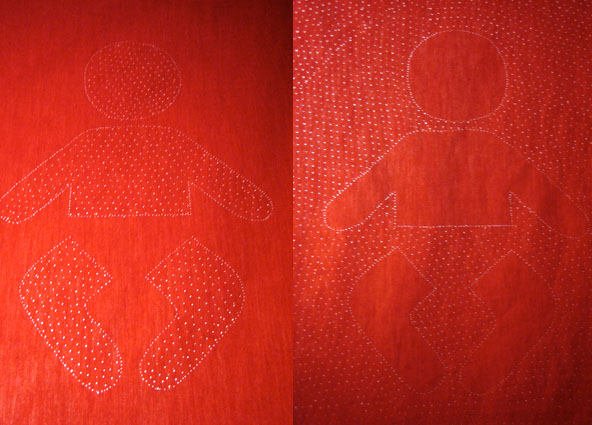 needlemarkings: sampler Triptych - a woman's choice (detail), 2008 [solo ex: cafam, la]
needlemarkings: sampler Triptych - a woman's choice (detail), 2008 [solo ex: cafam, la]
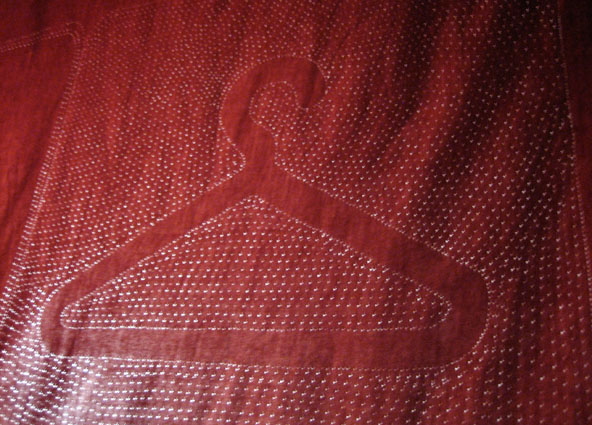 needlemarkings: sampler Triptych - a woman's choice (detail), 2008 [solo ex: cafam, la]
needlemarkings: sampler Triptych - a woman's choice (detail), 2008 [solo ex: cafam, la]
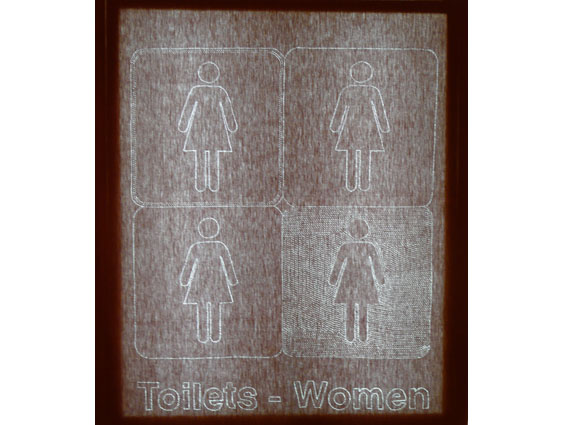
| / | Previous Next |
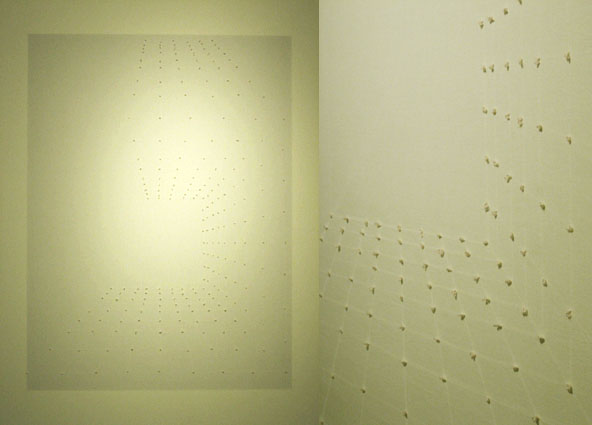 stitchings: triptych detail (untitled), 2006
stitchings: triptych detail (untitled), 2006
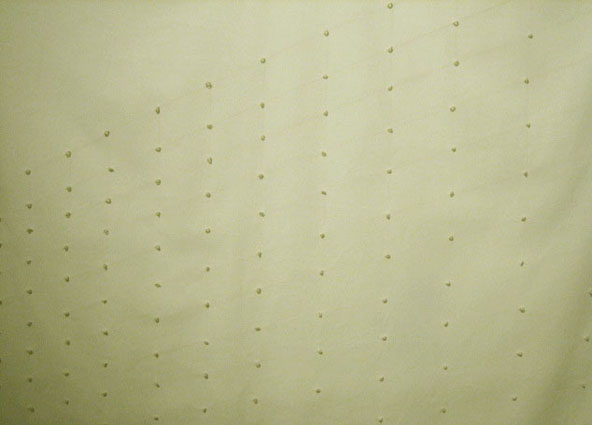 stitchings: triptych detail (untitled), 2006
stitchings: triptych detail (untitled), 2006
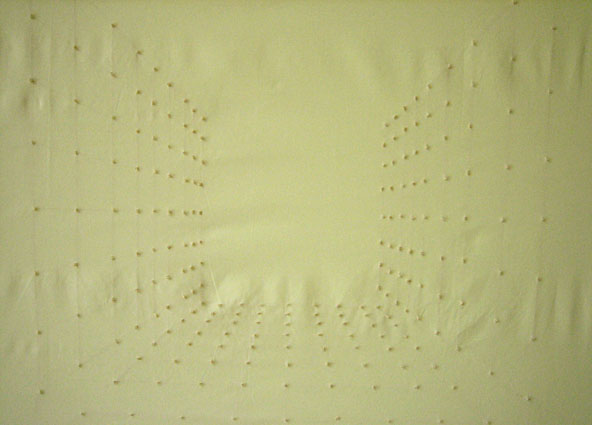 stitchings: triptych detail (untitled), 2006
stitchings: triptych detail (untitled), 2006
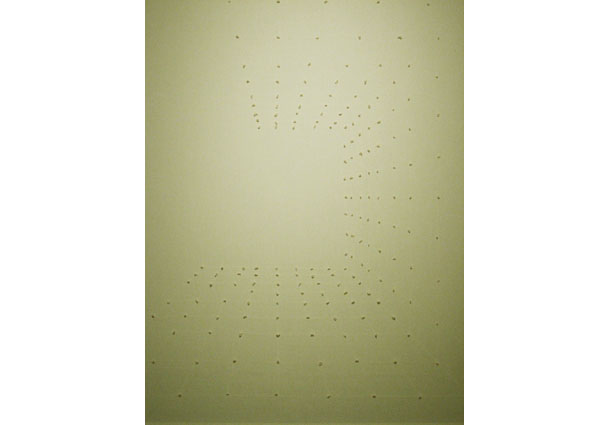
| / | Previous Next |
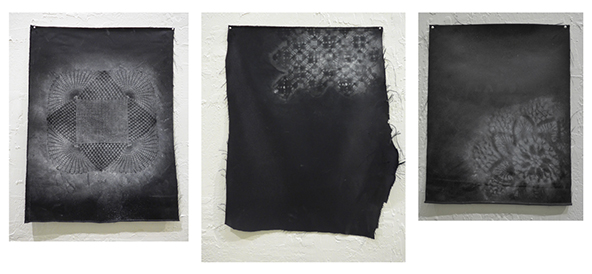 chalking: triptych, 2020
chalking: triptych, 2020
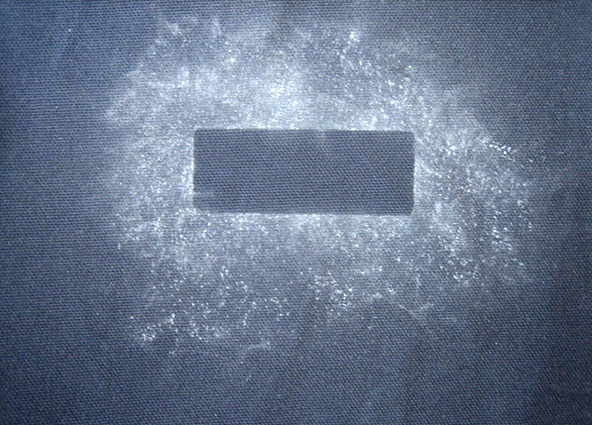 chalking: study, 2008
chalking: study, 2008
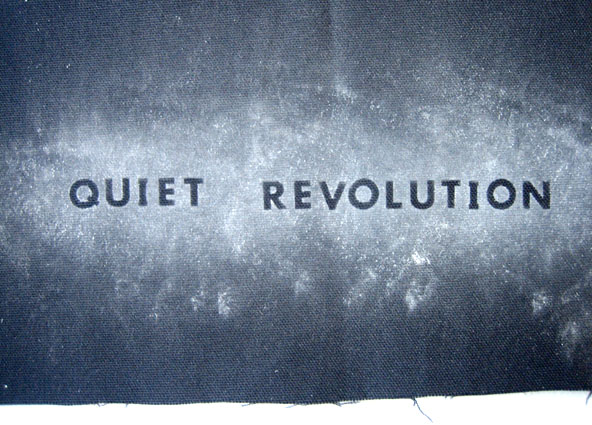 chalking: study, 2008
chalking: study, 2008
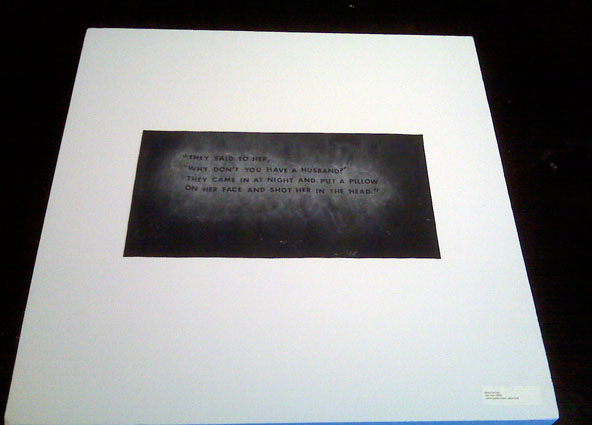 chalking: marker - "they said", 2008 [cca faculty exhibition: oliver gallery, oakland]
chalking: marker - "they said", 2008 [cca faculty exhibition: oliver gallery, oakland]
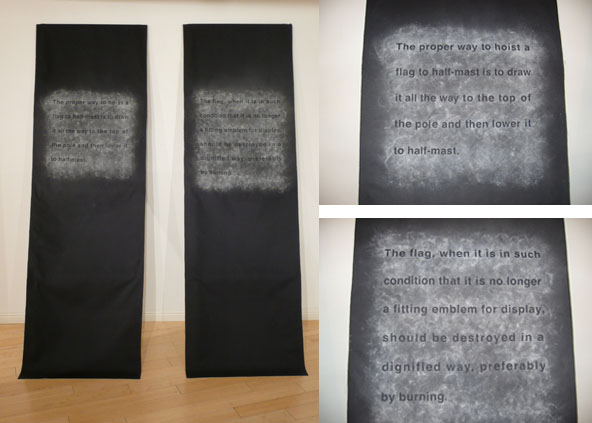 chalkings: diptych (flag etiquette), 2008 [solo ex: craft and folk art museum, la]
chalkings: diptych (flag etiquette), 2008 [solo ex: craft and folk art museum, la]
| / | previous Next |
Youtube Channel
Instagram @mung_lar_lam
PRESS
DiPlacido, Amy. Pressing Matters, Fiber Arts Now, Spring 2023
Hamad, Amani. A stitch in Time, Metro Newspaper, February 16-22, 2022
DiPlacido, Amy. Curator Video Interview, San Jose Museum of Quilts and Textiles, 2020
Randon, Lisa. Craft as a verb, American Craft Magazine, Dec/Jan 2012
Video Interview: Gestures of Resistance, Museum of Contemporary Craft, Portland OR, 2010
Grey, Finn. Interview, Radio PNCA Podcast, Portland OR. 2010
Video Interview: Craft and Folk Art Museum, Los Angeles interview - 2008
Friedrichsen, Peter. Mung Lar Lam: Methods of Change, Fiber Arts magazine, Sept/Oct 2008
The Guide, Editor's Pick, LA times, May 8, 2008
Daswani, Kavita. Sunday Morning: Long Distance Call, South China Post Magazine, 2008
The Craft and Folk Art Museum Features 'Ironing' Exhibit, Beverly Press, LA, Volume 18 No.19, May 8, 2008
Kepka, Mike. Beats Per Minute, Chronicle Slide Show, SFGate.com, April 5, 2007
|
|
|
|